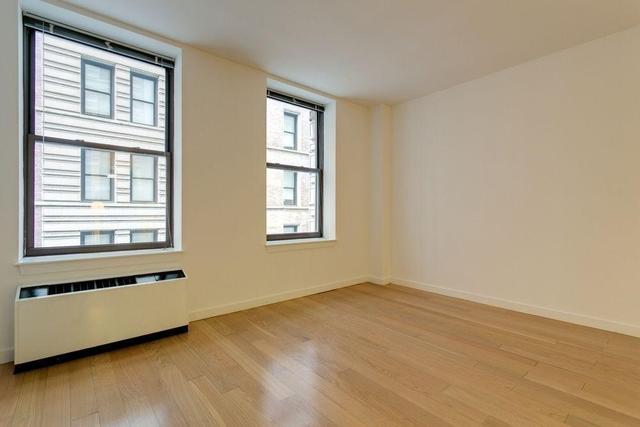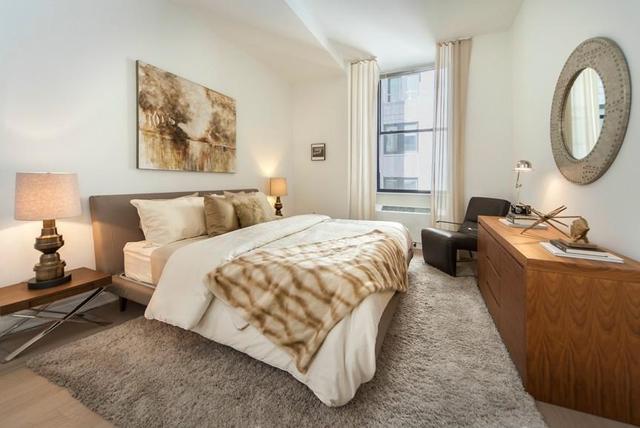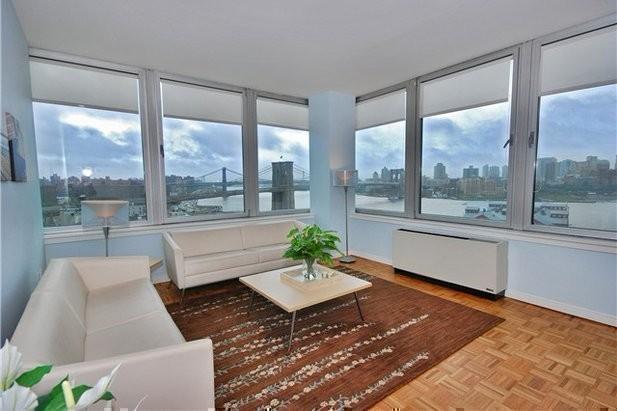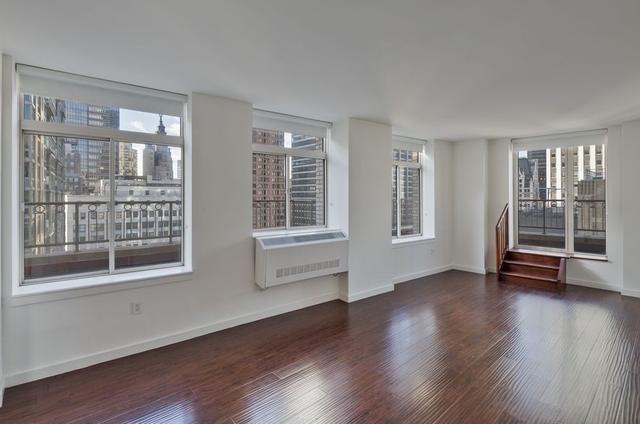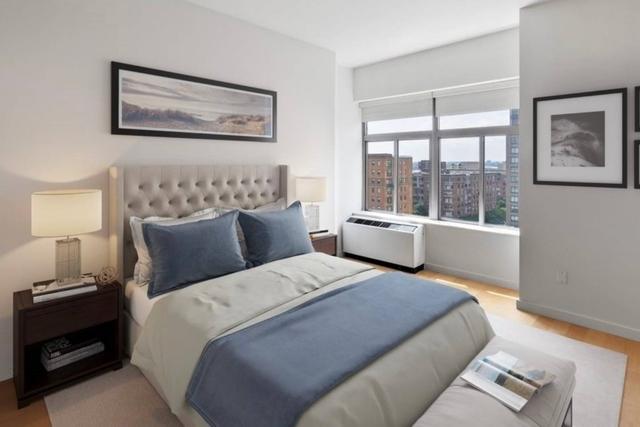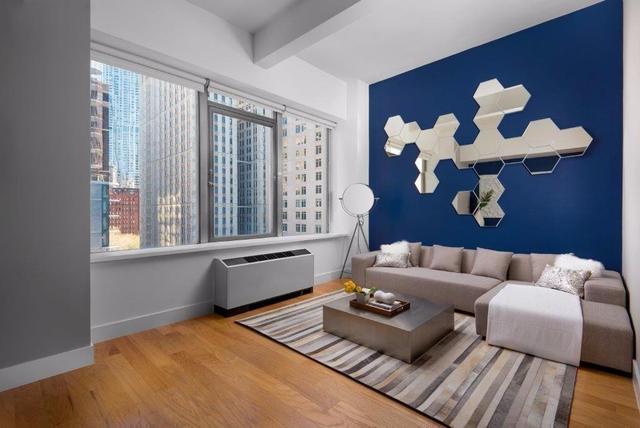
Temporary Pressurized Wall NYC – Types, Cost, Installation Guide
By: ROS Team
Privacy is a luxury in a crowded city like New York City. Having an actual room with a wall and real doors during the pandemic is necessary. In NYC, installing temporary pressurized walls in apartments is commonplace, especially when the apartment is being shared by many roommates.
The most efficient way to create partitions for an apartment is by building temporary walls. However, changes in NYC laws have complicated matters – the laws restrict landlords from building up entire pressurized walls. That’s why landlords only allow partial partitioning instead of entire partitions, which may include temporary walls or walls for bookshelves. Here is everything you need to know about temporary walls.
1- What is a Temporary Pressurized Wall
2- How to do Pressurized Walls Work
3- Temporary Walls Types
4- Pressurized Walls are Legal
5- How much does it Cost
6- How Do You Build
7- Best Companies to Install Pressurized Walls
What is a Temporary Pressurized Wall
A temporary pressurized wall is a partition in a building from the floor to the ceiling without supporting the ceiling. The pressurized walls are temporarily attached to the ceiling, floor, and walls. That’s why there is no need to use screws, nails or something like that to be permanently attached.
So building and removing temporary walls can be easily done without any risk of damage to walls, floors, or ceilings. Specifically, these temporary walls don’t affect the entry and exit of the apartment, nor do they impact the apartment’s ventilation system.
There are specific rules that must be followed when installing these temporary walls, which are devised and implemented under the jurisdiction of the NYC Housing Maintenance Code.

These rules are listed below:
- To begin, you’ll need a building permit from the Department of Buildings, just as you would if you were constructing a permanent wall.
- Both rooms must be at least 80 square feet to be designated as bedrooms when a pressurized wall is installed.
- Exit routes, ventilation, and sprinkler systems cannot be obstructed by temporary pressurized walls.
- The walls should be installed without any use of screws and nails, as they are there to protect the actual walls of the room from any damage;
- There should be a window installed in the room facing outside the unit, which could further be used for proper ventilation and access to the natural light in the room;
- If you’ll be conducting plumbing or electrical work as well, the Department of Buildings will require you to secure the necessary permits.
- There should be a place for the emergency escape from the room;
- In the pressurized temporary wall system, construction of the pass-through bedrooms is not allowed, as this will affect privacy.
Pressurized temporary walls provide all the benefits of real walls except for a shorter period.
How do Pressurized Walls Work?
Pressurized walls are not permanent and are not installed for long periods. They are just there to create private spaces. Pressurized walls are installed using metal tracks, which are laid on the floor and the ceiling. These tracks are affixed using studs and pre-painted sheetrock. Once built, the wall can be removed whenever required without damaging the apartment’s original structure.
Types of Temporary Walls
There are three types of temporary walls, each ranging from $850 to $2,000:
1. Pressurized Walls
This is a type of temporary wall that is most likely to match the natural wall. This wall goes all the way to the ceiling and is capable of providing privacy. The exceptional thing about pressurized walls, which makes them more suitable for apartments, is they do not require any screws or nails for installation. This ultimately saves the original wall.
2. Partial Walls
This type of wall has proven to be a go-to for renters in NYC. As with pressurized walls, partial walls also do not need any screws for installation. The biggest difference is they do not go all the way to the ceiling; rather they stop 12 inches below the ceiling. Partial walls also have a doorway, albeit not an actual door.
3. Bookshelf Walls
These are not walls; technically, they are more like freestanding bookshelves. These units tend to be 6-12 inches deep. They typically include a storage space for books, and, once installed, these walls also provide some sound insulation. Bookshelf walls usually do not touch the ceiling, but these walls make unique and creative options for apartment privacy by using books.

Are Pressurized Walls Legal in NYC?
NYC Department of Buildings evaluated the use of pressurized walls and made strict changes to rules for installing pressurized walls after 2005’s tragic incident in which five firefighters lost their lives. This ultimately made landlords reluctant to permit future installation. Landlords now seem to favor the installation of bookshelves walls over other types of pressurized temporary walls as they do not require prior approval from the DOB.
How much does it Cost to put up a Pressurized Wall?
The cost for temporary wall installation varies depending on the height of the wall, its size, and the wall type. The extent of customer customization also plays a role in cost. Generally, temporary wall installation costs between $850 to over $3,700. You can add many different features to your temporary walls but the most common options available are of door style with window.
These temporary walls are about 5 inches thick and can withstand 30 pounds of weight. These walls are sturdy enough to mount a flat screen tv. There is also a choice for walls made special to enhance soundproofing and resemble the natural wall. A big plus is these walls can be painted white to match the original wall, but if you want to customize the color, you would need to be sure to provide the desired color information when placing the order.

How Do You Build a Temporary Pressurized Wall?
If you are looking to build the wall yourself without the help of a professional, make sure you have the following:
- Power Drill and Circular Saw
- Stud Finder
- Wood Screws
- A Tape Measure
Once you receive approval from the landlord, you can install your temporary walls as follows:
- Measure the height of the ceiling from the wall. Measure the height of the ceiling with the tape measure.
- Maintain all documentation that includes the installation instructions;
- Present the temporary wall options to the landlord to review and approval beforehand; and
- Collaborate with the landlord when finding an architect, who will submit all the plans to the DOB to avoid any issues in the future.
Once all the legal things are addressed, you’ll have to wait for the proper installation of the wall in your apartment before you can move in.
What about Pressurized Full Walls in NYC Apartments?
If a landlord is interested in installing a temporary pressurized wall, he or she must consult with the New York City building department and get the proper approval. This includes obtaining a certificate of occupancy from the proper agency. The certificate will show that the building is in compliance with the applicable building codes.
In response, a landlord should hire a professional architect or an engineer for the wall’s construction. He or she will also need to consult with a city manager on the building plan. And, when building a temporary wall, the landlord must get permission from building management. Once formal inspections are complete, the landlord will receive a certificate of approval.
Landlords and building management companies are steering clear of allowing temporary walls in their buildings. If you plan on adding more rooms to your apartment, you should consult with building management and the landlord or the real estate agent for the new lease agreement and permission. Without prior approval, you cannot build up the walls because this action is considered an illegal act by rule.
According to the department of the building of NYC, illegal conversions of the living area that are done to alter the apartment settings do not fulfill the protection rules. In these illegal conversions, two basic protective measures are compromised: the ventilation system through the window and the illegal electric, gas, and plumbing system.
In general, this illegal conversion may put you in trouble as there will be heavy fines put on you by the NYC DOB department. Also, if you don’t get your landlord in the loop, there is a chance you could nullify your lease agreement if you don’t get the proper approvals.
Which Companies are best for Installing Temporary Pressurized Walls in NYC?
Some of the best companies to install temporary pressurized walls are:
1- Ray Coleman Home Improvement
Services Offered:
- Bathroom Remodeling
- Carpentry
- General Contracting
- Home Remodeling
- Cabinetry
- Commercial Services
- Home Building
- Kitchen Remodeling
2- Quantum Contracting
Services Offered:
- Bathroom Remodeling
- Commercial Services
- General Contracting
- Kitchen Remodeling
- Carpentry
- Demolition Services
- Home Remodeling
- Bedroom Remodeling
3- Underconstruction.Aks
Services Offered:
- Carpentry
- Bathroom Remodeling
- Cabinetry
- Commercial Services
- Electrical Services
- Cabinet Painting
- Color Matching
- Demolition Services
4- MDR Home Improvement
Services Offered:
- Appliance Installation
- Cabinetry
- Caulking
- Damage Restoration
- Bathroom Remodeling
- Carpentry
- Christmas Tree Removal
- Decks & Railing
5- Danny’s Construction and Handyman
Services Offered:
- Carpet Installation
- Home Remodeling
- Flooring Installation
- Virtual Consultations
Final Words – Temporary Pressurized Wall
Be sure to keep the landlord in the loop during the process of installing temporary pressurized walls. He or she should be aware that you will be installing a pressurized wall as well as the company that you’ll be working with to complete the installation.
Maintain complete transparency with your landlord to avoid any misunderstandings later. Legal issues should be considered and taken into consideration before getting started, and all protective measures should also be taken to avoid issues with the apartment’s ventilation and other utility systems.



